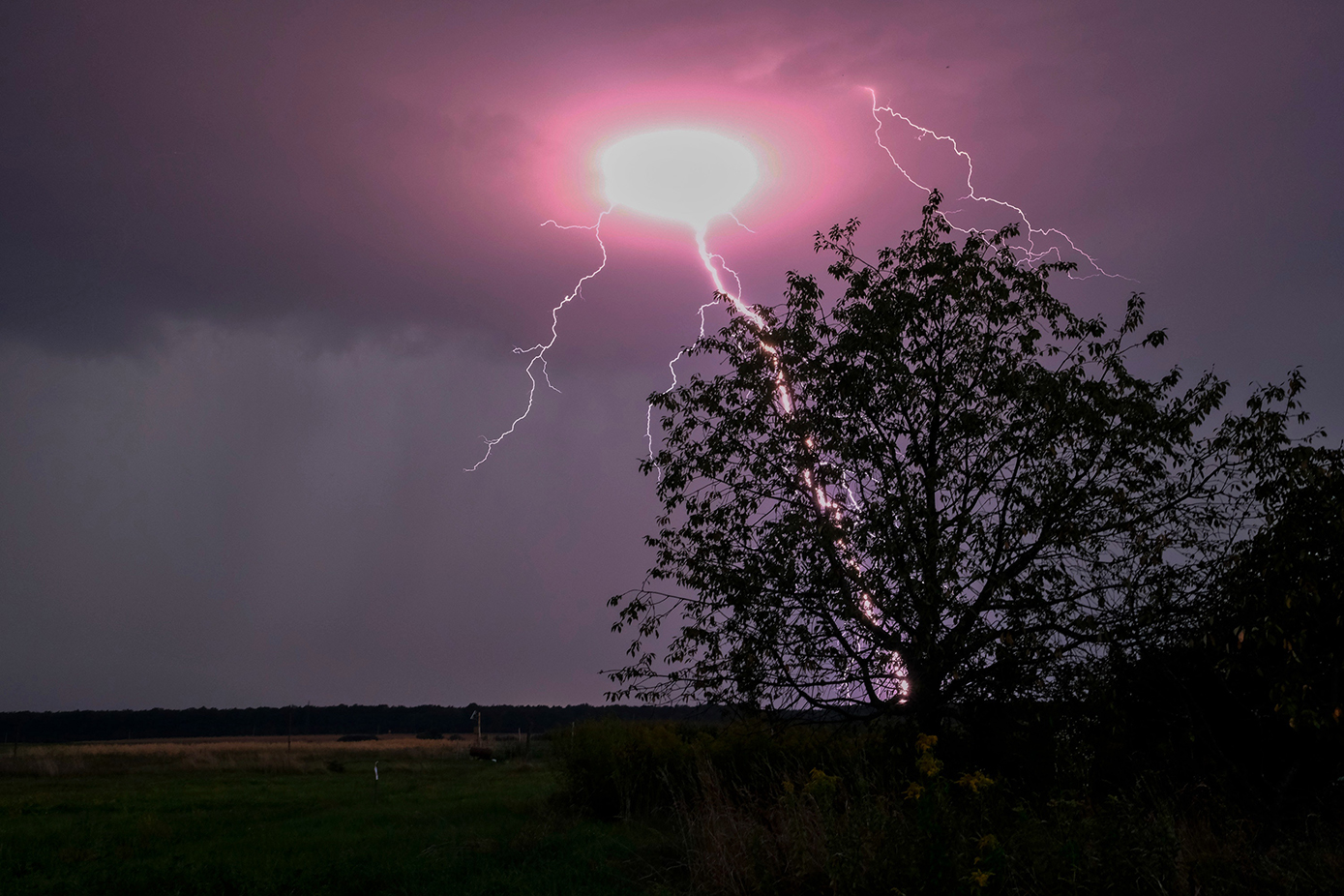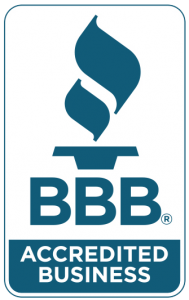How do you Protect your Trees?
You probably know that the Tampa Bay and St. Petersburg areas have been called the lightning capital of America. But many people are surprised to learn that in our country also there are nearly 20 million cloud-to-ground lightning strikes per year. Although golf courses, old barns and church steeples are the most publicized targets, lightning poses a much bigger risk to one of our greatest natural resources…our trees.
Why Protect Your Trees?
Trees add natural beauty to our landscape and provide a home for birds and other wildlife. They can reduce energy costs and increase our property value by as much as 20%. Many trees cost thousands of dollars to replace and some mature trees have enormous sentimental value and just can’t be replaced at any price. Is it any wonder why some people would go to almost any length to protect their trees from lightning strikes.
What Types Of Trees Are At Risk?
Although all trees are at risk of being struck by lightning, trees that contain large amounts of water are at greater risk, because they can easily conduct electricity. Oak, elm, pine, spruce, maple and ash trees all fall into this category. Other types of trees that are at risk from a lightning strike include the following:
- Tall trees that stand alone
- Trees that are taller than the nearest building
- Trees that are near water
- Decayed or dying trees
Additionally, if you have a large tree that is within 10 feet of your home, you, your family and your home itself may be at risk. For when lightning strikes a tree, it can fall on to your gutters, water pipes, or service wires and transfer this dangerous energy to your home and everyone inside.
What Can You Do To Protect Your Trees?
Now you can protect your trees by installing a lightning rod system similar to those that are used to protect buildings. A lightning protection system includes air terminals, a down conductor and a ground. Here’s how it works.
The terminal is placed at the tip of the main trunk and additional terminals are then located on all the main branches. Grounding cable is run form the air terminals to a ground rod, which is positioned well past the furthest roots of the tree. When lightning strikes it hits the rod rather than the tree, because the metal in a lightning rod is a far better conductor of electricity than the moisture in a tree. The lightning bolt is then safely guided to the earth and the tree is saved.
How Much Does Lightning Protection Cost?
Lightening protection for your trees does not come cheap. The cost is about $1,500 or so for a large mature tree, while smaller trees or additional trees on the same lot can cost significantly less. While it may not be practical to protect all the trees on your property, all high-risk trees and trees you just couldn’t bear losing, should be protected.
Jon Wilbur is an ISA Certified Arborist and co-owner of Pinellas Tree Service, in Clearwater.
Free Information Guide
Want to learn more? Call Us For Your FREE Information Guide:
“How To Choose The Best Tree Service Company To Care For Your Trees”
at 727-474-0356.
Copyright, 2005, All Rights Reserved
Jon Wilbur





